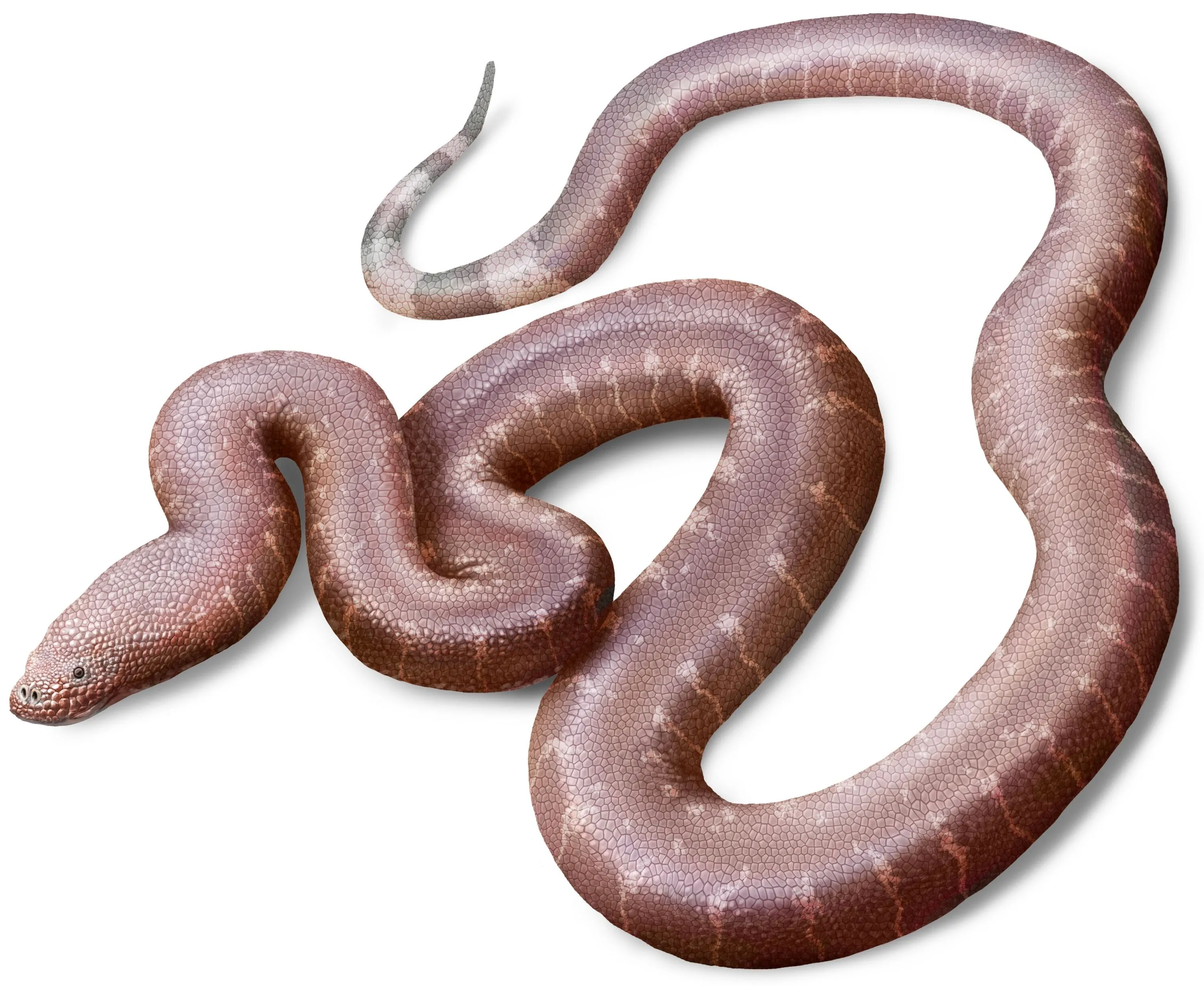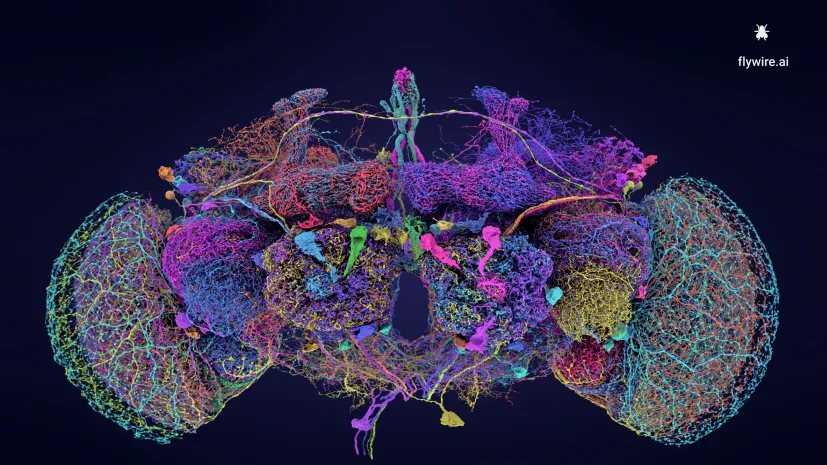
Fly brain's entire 'wiring' described. Pole has publication in Nature because... he played a game
One of the most important scientific achievements of the year - describing the connections in the entire brain of a fruit fly - was achieved not only thanks to laboratory research, but also thanks to the meticulous work of online game players.
-

Hypercomplex fractals after hours, or how engineer rests
Quaternions, octonions or sedenions are hypercomplex numbers, i.e. 'extensions of complex numbers to multidimensional spaces'. For some researcher,s dealing with fractal sets on their basis may be an escape from everyday laboratory work. Professor Andrzej Katunin talks to PAP - Science in Poland about the history of the search for hypercomplex fractals.
-
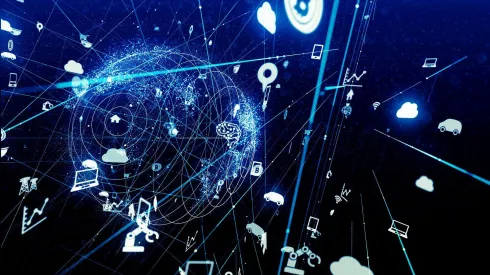
Science to watch in 2023 according to Nature
The journal Nature presented seven breakthrough technologies that can accelerate the development of science in 2023. In addition to the Webb Telescope or the CRISPR system, the list also includes embryo cultivation from stem cells, a project by Professor Magdalena Żernicka-Goetz.
-

What do we do in concealment? Scientific outsider explores loners from the outskirts of galaxies.
Does on the edge of galaxies, where it is dark, empty, cold, and the molecules without being observed or any contact with other matter, fall into "quantum fade", which makes them even more difficult to be observed? Scientific outsider, in the magazine "Scientific Reports," has published a solution idea on how to investigate this matter. Will his work get attention and will scientists confirm or overthrow his hypothesis? And what problems that bother the academy will the explorer have to face?
-

Global warming is like leaving a child in a hot car during a heatwave
It is hard to imagine a despair greater than that of a parent who realises that they have forgotten to take a child from a hot car during a heat wave. In such cases, it is usually a moment of inattention, distraction, a phone ringing at the wrong time, a slight change in everyday routine... As a reason, at a critical moment the parent begins to think about matters other than the most important one: the child's life. After all, no one would like to find out for themselves what is happening in the head of a parent racing back to the car and fearing that the worst possible nightmare has come true.
-

Marketing 'sciencewashing' may undermine confidence in science. How to stigmatise it?
Some manufacturers of cosmetics, dietary supplements, electronic equipment boast that the effectiveness of their products is scientifically confirmed. Studies that help advertise products often have nothing to do with the real scientific method. In the long run, such dishonest marketing can undermine trust not so much in companies but in science. Maybe it is worth considering how to stigmatise him?
-

Science in Poland reporter shocked by amount of litter in Tatra mountains, but says there is hope
National parks cover only about 1 percent of the area of Poland but they are still full of rubbish discarded by tourists and visitors.
-
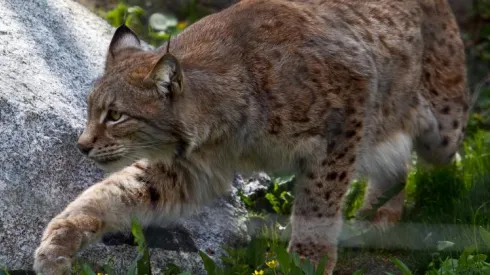
Study of ‘ancient’ DNA shows humans had destructive impact on Lynx
Can events from hundreds of thousands of years ago be read from the DNA of modern animals? Could the lynx have ever been threatened with extinction? Can human activity endanger it?
-
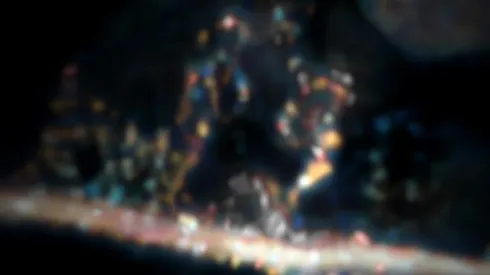
Look Through Tissue `Blanket` With Optical Microscope
Polish researchers have shown how to use an optical microscope to image nanostructures hidden under record-high thick tissue `blanket`. This solution will allow to see what is happening in the cells in their natural environment.
-
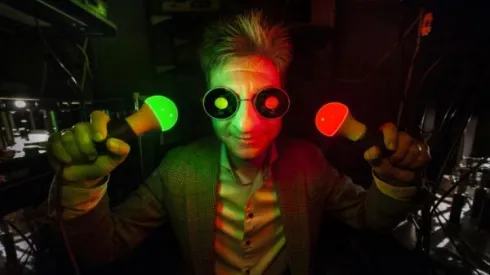
Eye Spy… Infared Light! Eye Scientists Develop New Method for Diagnosing Retinal Diseases
A team of scientists have developed a new device for spotting retinal diseases by using laser light to check how much infrared light patients can see.

